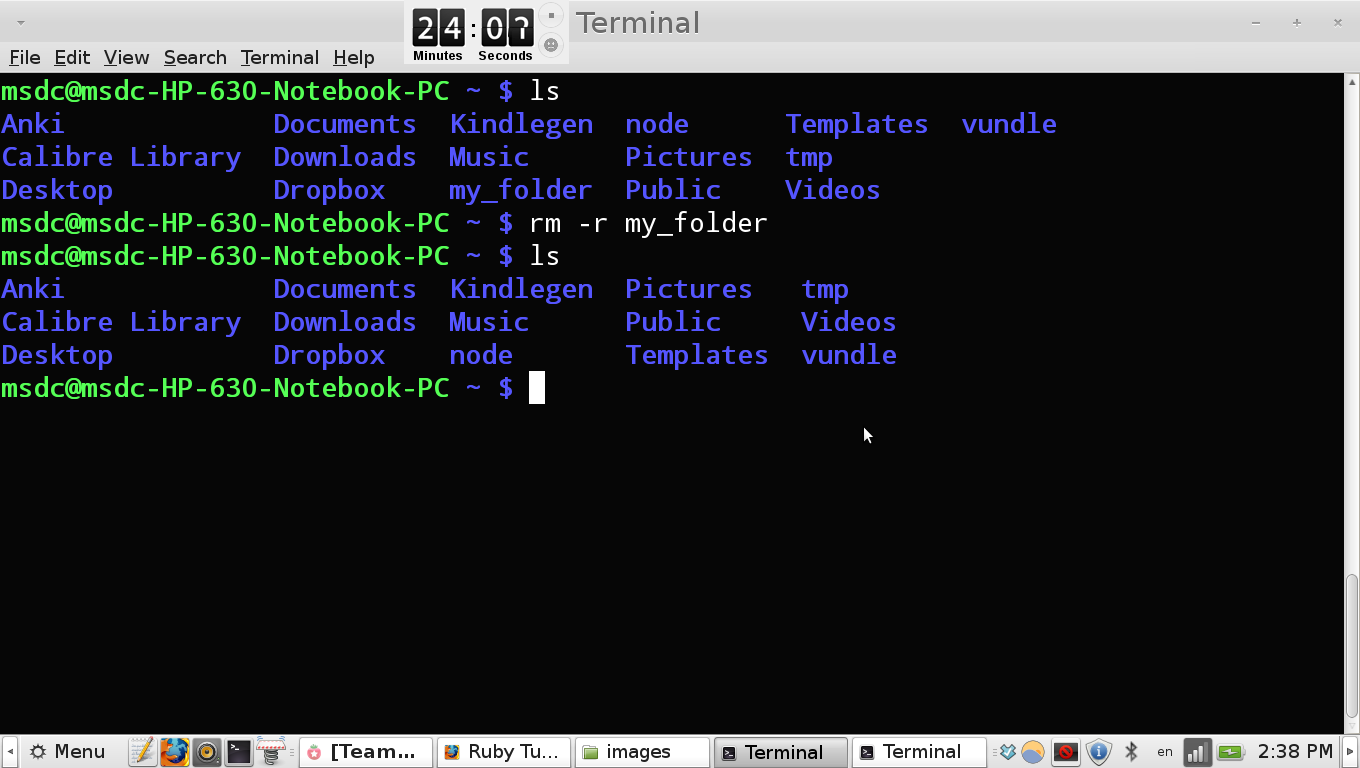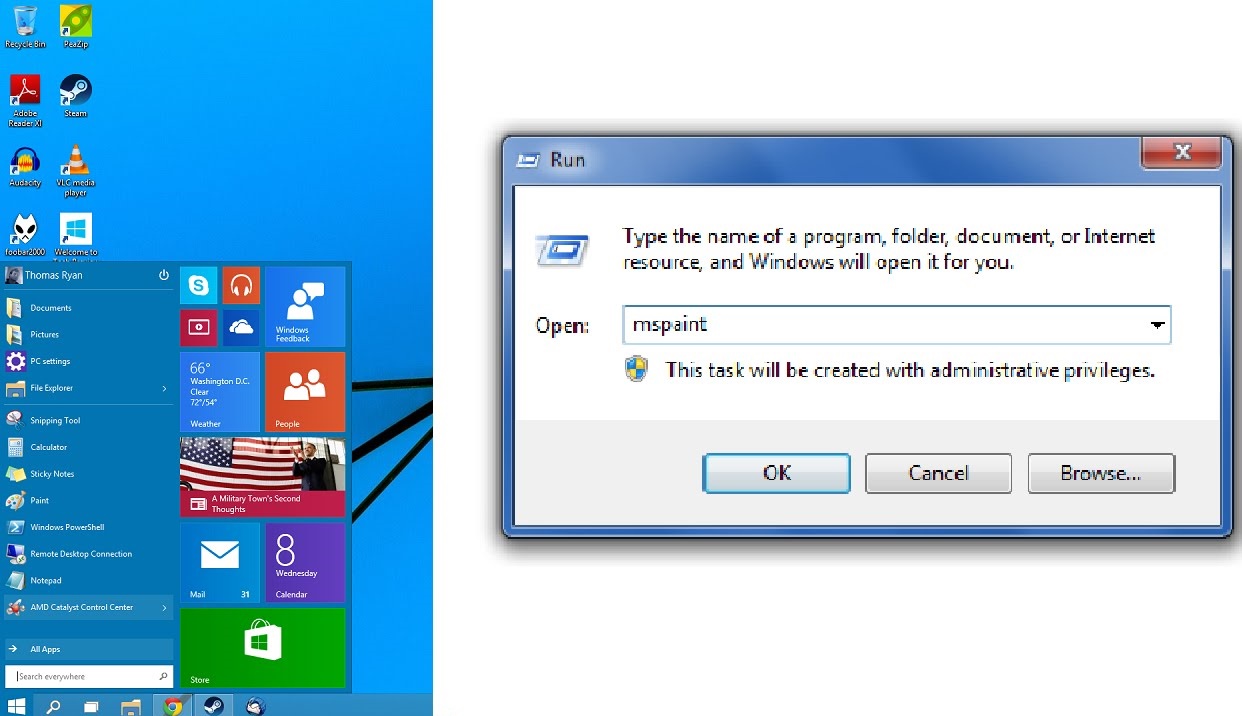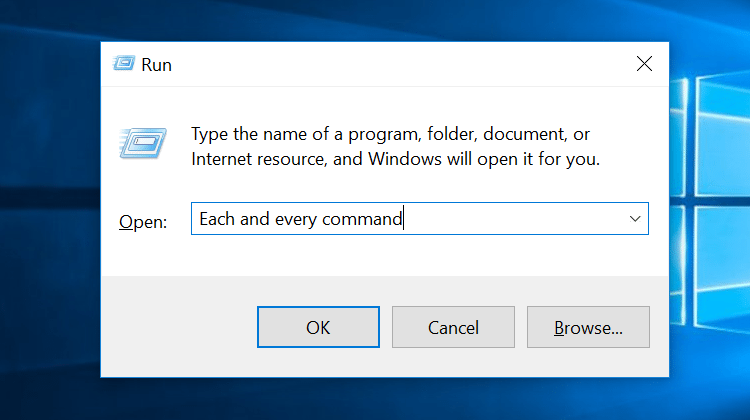

Often for testing purposes you want to use randomly generated data.

For example, if we discovered another five observations that extended the Michelson-Morley data, we could extend the vector using c as follows: michelsonNew <- c(michelson, 850, 930, 940, 970, 870)

The c function is useful for hand typing in small vectors such as you might find in textbook examples, and it is also useful for combining existing vectors. However, you can view the vector by typing its name at the prompt: > michelson Notice that the named vector is not automatically printed when it is assigned.

The R assignment operator has the suggestive form prompt. If we want to use this vector again (and that’s the usual reason for creating a vector in the first place), we need to assign it. This indicates that R has interpreted what you typed, created a vector with 20 elements, and returned that vector. When you type the closing parenthesis and press Enter, R responds as follows: 850 740 900 1070 930 850 950 980 980 880 For small data sets, such as the following 20 measurements of the speed of light taken from the famous Michelson-Morley experiment, the simplest approach uses R’s c function to combine the data into a vector. R is an environment for analyzing data, so the natural starting point is to load some data. Start with Rīecause RevoScaleR is built on R, this tutorial begins with an exploration of common R commands. Windows users: the file paths in R take a forward slash delimiter (/), required even when the path is on the Windows file system. If you hand-type commands in this example, be sure to use the correct case. You can hand-type commands line by line, or copy-paste a multi-line command sequence. The tutorial uses pre-installed sample data so once you have the software, there is nothing more to download or install. On Linux, at the command prompt, type Revo64.On Windows, go to \Program Files\Microsoft\R Client\R_SERVER\bin\圆4 and double-click Rgui.exe.To complete the tasks, use the command-line tool RGui.exe on Windows or start the Revo64 program on Linux. This is our simplest tutorial in terms of data and tools, but it's also expansive in its coverage of basic R and RevoScaleR functions. If data size exceeds memory, we recommend pushing the compute context to Machine Learning Server. R Client and Machine Learning Server are interchangeable in terms of RevoScaleR as long as data fits into memory and processing is single-threaded.


 0 kommentar(er)
0 kommentar(er)
